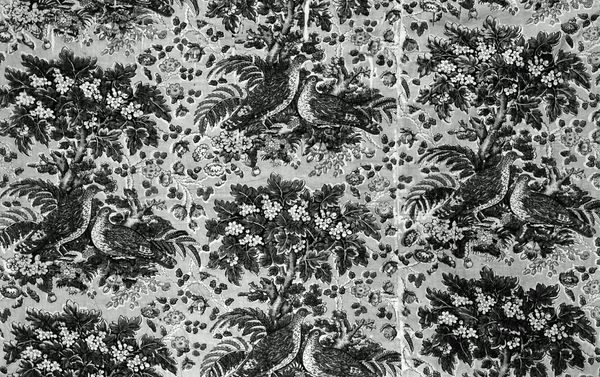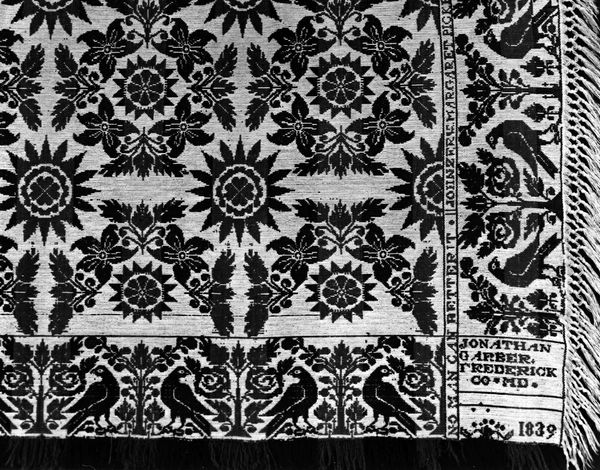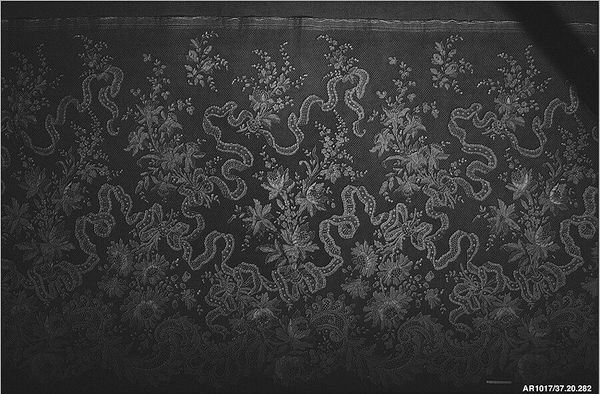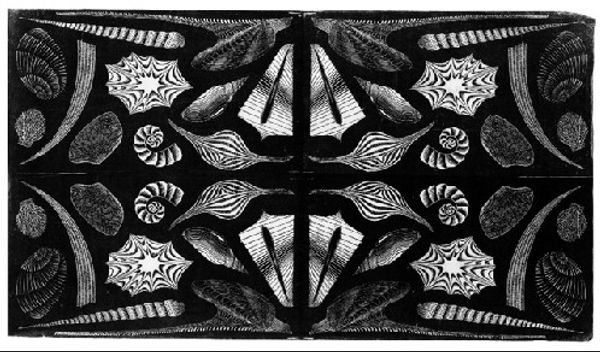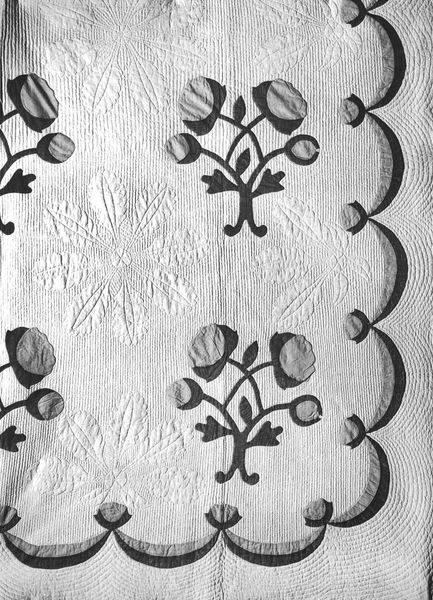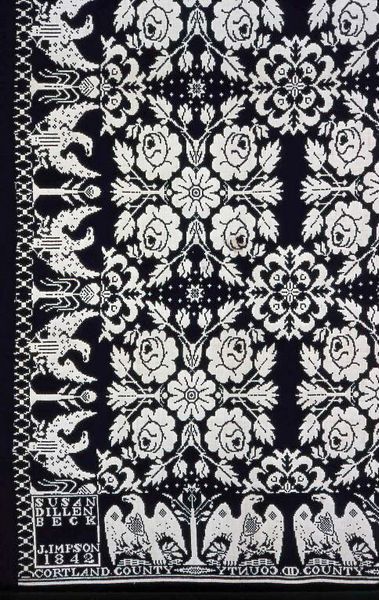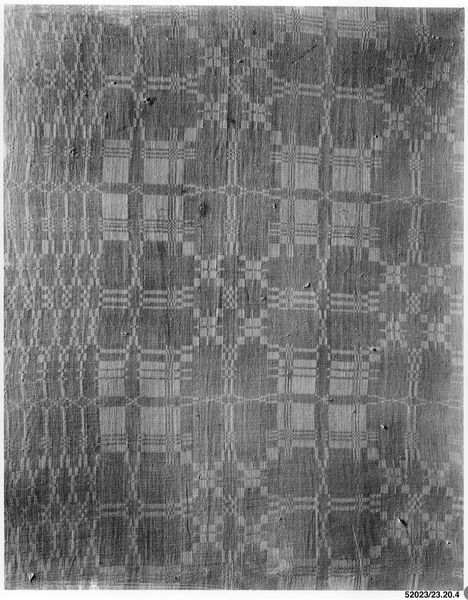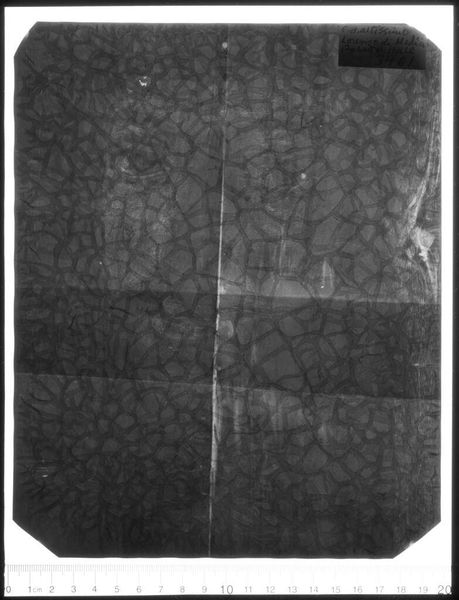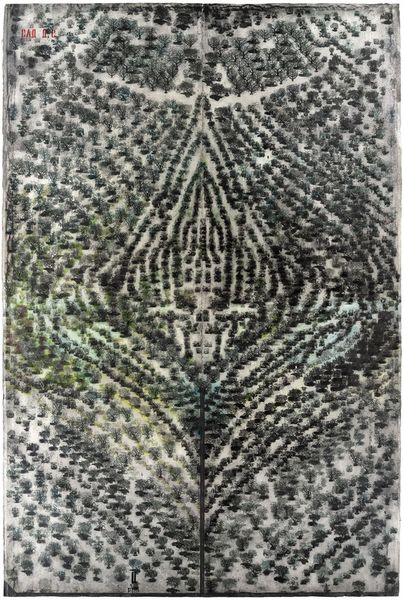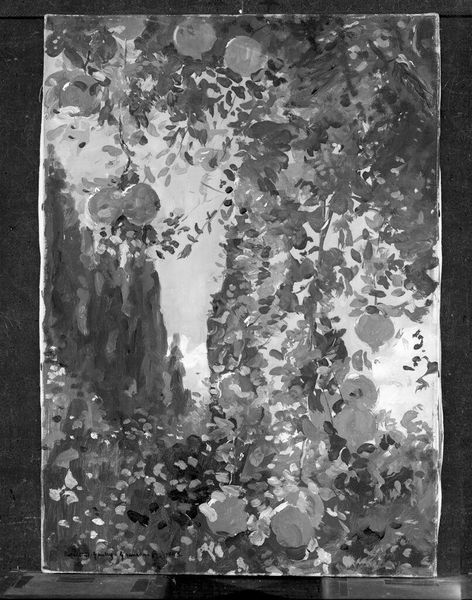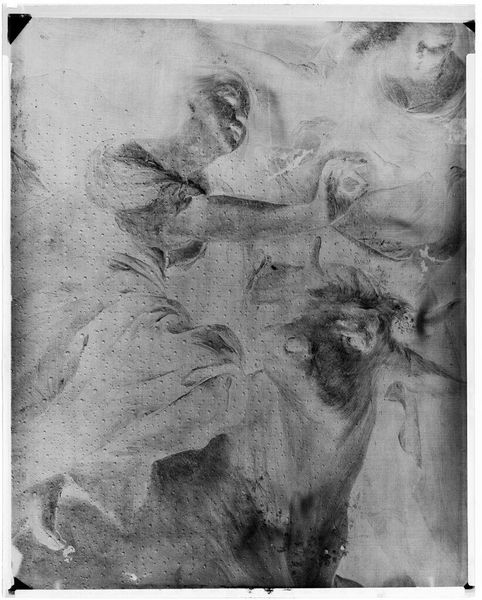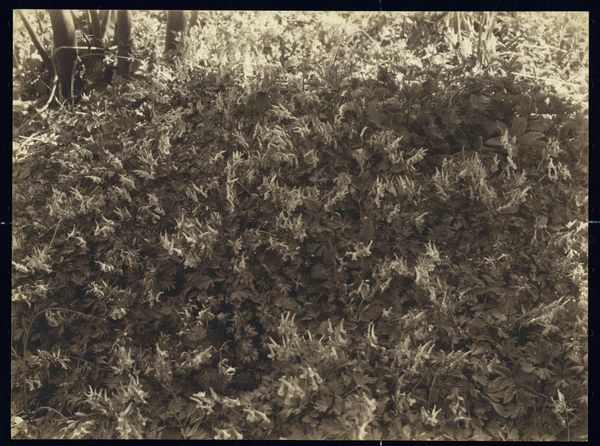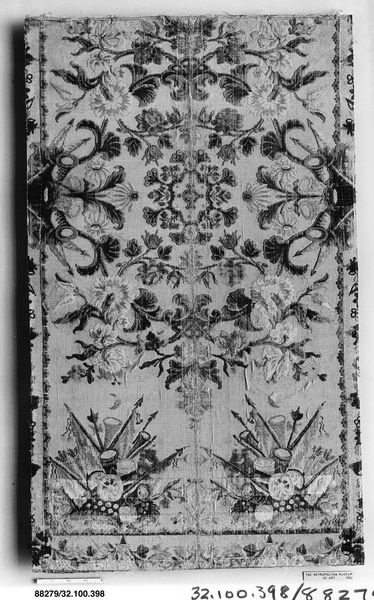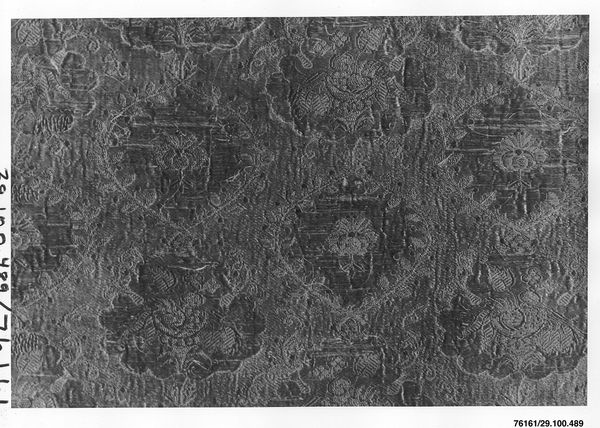
Dimensions: 67.3 × 63.5 cm (26 1/2 × 25 in.)
Copyright: Public Domain
William Morris created this Utrecht Velvet using a laborious process, typical of his Arts and Crafts ethos. The deep pile of the velvet speaks to a tradition of complex weaving, likely involving a drawloom to manage the intricate patterns. This textile demonstrates Morris's commitment to reviving traditional crafts, resisting the industrial production methods that he saw as dehumanizing. The density of the velvet creates a play of light and shadow, emphasizing the floral motifs. The act of making such an elaborate textile was time-consuming and required considerable skill, reflecting a value system that prioritized quality and craftsmanship over efficiency. Morris's choice of velvet, a material historically associated with luxury, underscores his belief in the importance of bringing beauty into everyday life, challenging conventional hierarchies between art and craft. Ultimately, this textile invites us to consider the social and economic implications of how things are made.
Comments
No comments
Be the first to comment and join the conversation on the ultimate creative platform.
